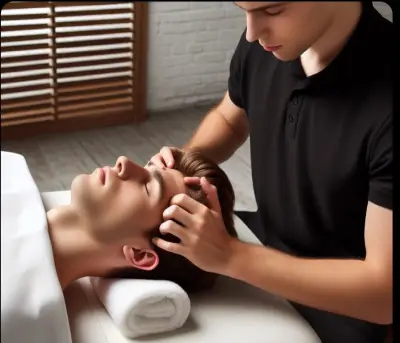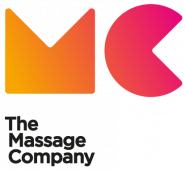Dear Massage Therapists,
In the hustle and bustle of our profession, we often prioritize the comfort and well-being of our customers over our own. However, as practitioners who spend hours leaning over tables and using our hands and bodies to provide relief to others, we mustn’t overlook the profound impact that our posture—both at work and outside of it—has on our health and longevity in this rewarding field.
The Myth of Rigid Posture
Traditionally, the notion that good posture equates to a rigid, straight-backed stance has pervaded our understanding. However, recent evidence suggests that a relaxed yet efficient posture is far more beneficial. According to a study published in the Journal of Bodywork and Movement Therapies, maintaining a relaxed, dynamic posture can reduce muscle fatigue and strain, leading to increased endurance and better performance over extended periods.
The Power of Efficiency
Contrary to the belief that rigid posture offers the best support, an efficient posture allows for fluid movement and adaptability. When our bodies are relaxed yet aligned, we engage various muscle groups harmoniously; distributing workload evenly and minimizing the risk of overuse injuries.
Protective Guarding: A Silent Culprit
Protective guarding, a phenomenon where muscles involuntarily tense up in response to perceived threats or discomfort, can be detrimental to massage therapists. Over time, this protective mechanism can lead to chronic muscle tension, fatigue, and even musculoskeletal disorders. Recognizing the signs of protective guarding in oneself—such as stiff shoulders, clenched fists, or a tight jaw—can be the first step toward adopting a more mindful approach to posture and movement.
The next step is to alleviate that guarding by practising breathwork, relaxation techniques, or having a massage yourself.
Beyond the Treatment Table: Posture in Daily Life
While it’s crucial to maintain awareness of posture during client sessions, it’s equally important to carry this mindfulness into our daily lives. Whether we’re lifting shopping, bending down to tie our shoes, or sitting at a desk, our posture plays a pivotal role in our overall well-being. Incorporating simple stretches, ergonomic adjustments, and regular breaks can alleviate strain and promote a healthier, more sustainable practice.
Conclusion
As massage therapists, our hands are our most valuable tools, but they’re supported by the rest of our bodies. By embracing a relaxed yet efficient posture, both in our professional practice and daily activities, we not only safeguard our physical health but also enhance our ability to provide quality care to those who seek our expertise.
Remember that massage couch height is vital for allowing our bodies to work optimally. If you have a particular area to work on that needs more pressure or sustained effort, consider sitting down on a stool to prevent holding inefficient postures for any longer than required. This will allow energy to be conserved, allowing a better-quality massage to be delivered, as well as protecting you from
potential problems.
Let’s prioritize self-care, mindfulness, and ergonomic awareness, ensuring that our passion for healing doesn’t compromise our well-being in the process.
Warm regards,
Charlie H
National Physiotherapist


